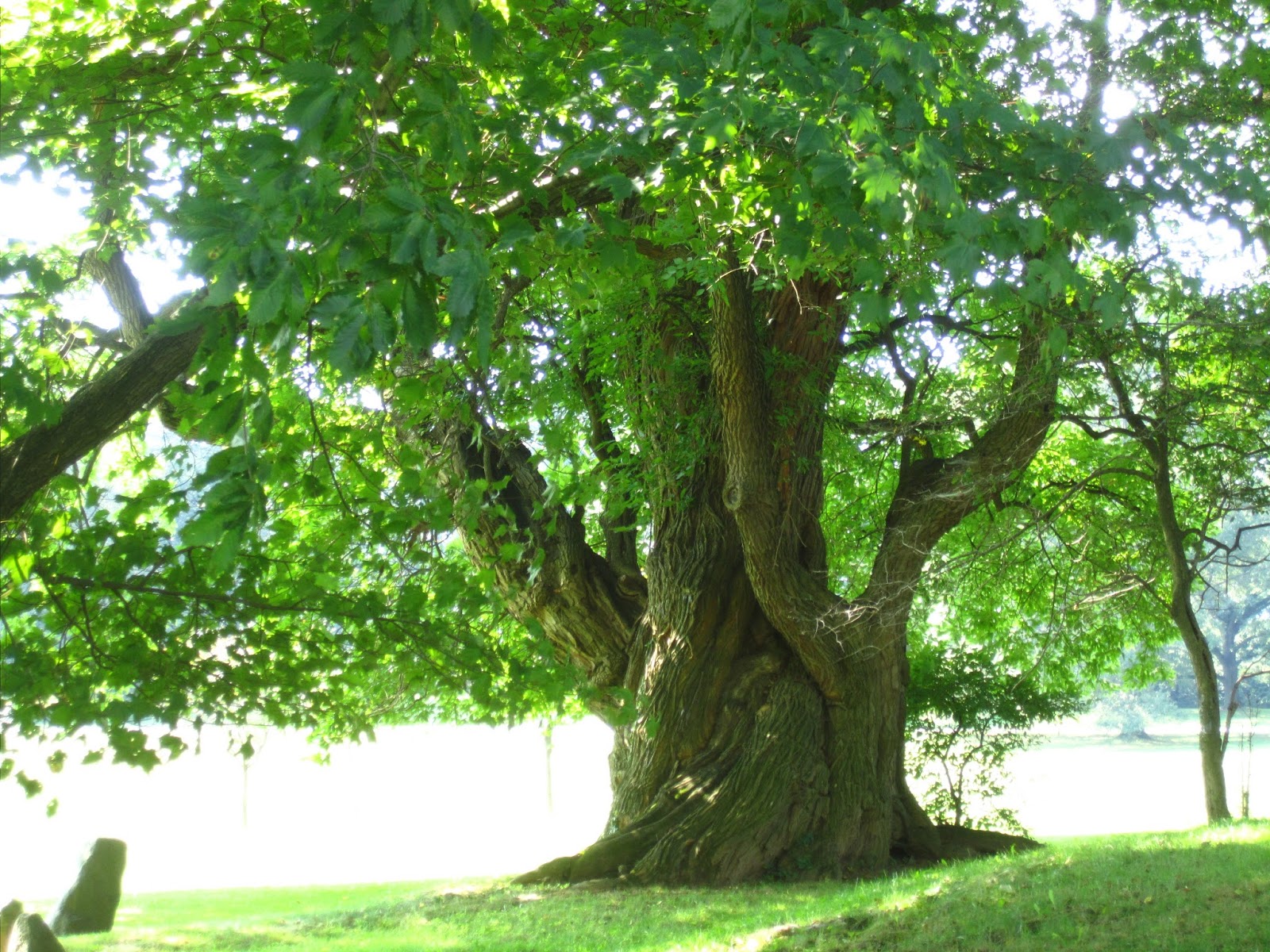 |
| Hagley Mills |
Though long in love with the luscious Brandywine estates and gardens of Winterthur and Longwood (where I would like to believe I lived during a previous life as a petunia), my visit to the former gunpowder works at Hagley Mill offered a foray into a new sphere of surprises. I had naïvely imagined a single mill house - boy were my expectations topped. Gardener turned gunpowder guru Eleuthère Irénée du Pont founded Hagley after narrowly escaping the Hungry Lady, and I don't mean his wife. Though Monsieur du Pont arrived in the U.S. of A. with the fluttering hopes of tending gentle orchids and peaceful topiaries, he soon observed the unreliability of American gunpowder, something he knew he could improve through European techniques.
That, at least, is the conventional story. I believe the poor man got so fed up with stupid Américains tumbling over his name that he just started blowing stuff up.
Located along the arboraceous Brandywine River, Hagley provided the perfect location for manufacturing gunpowder for the military during the War of 1812 and to the Union during the Civil War. If Monsieur du Pont's last name sounds familiar, it's for good reason, since his company's innovations in gunpowder were the first in a long line of innovations in many areas.
 |
| The First Office |
Many of the buildings on the property are built from Brandywine's blue gneiss - a strong rock that could withstand massive explosions.
 |
| Workers' homes of Blue Gneiss Stone |
 |
| Eleutherian Mills, the du Pont family home, whose backyard looks directly over the gunpowder works. |
 |
| Beautiful Gnarls: 350-year-old Osage Orange Tree near Eleutherian Mills |
Interspersed with the backdrop of nature's quiet beauty, a plethora of antique equipment, massive gears, and rusty machinery rumbled melodically or lay quietly embedded in the ground. There is something stunning about industrial mixing with nature, as nature is begins reclaim her domain. The innate aesthetic in the circles, repetition, and symmetry of cogs, rivets, and gears provide a a striking contrast with the wildness and vivid colors of nature.



No comments:
Post a Comment
I would love to hear from you! Your comment will first be moderated for decency and drollness before posting to the public.